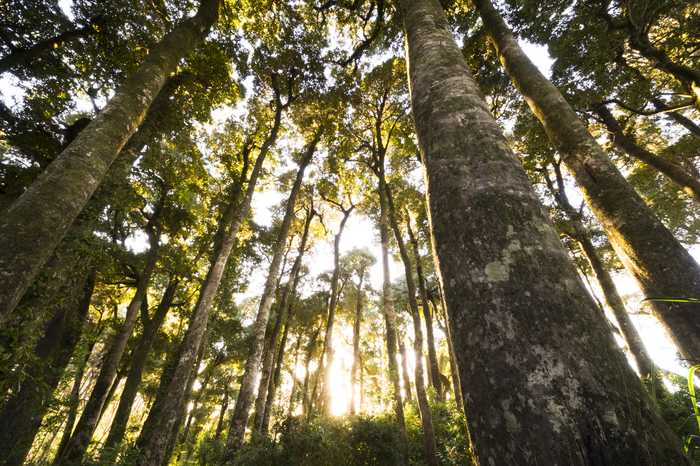
Friday 17th April 2020 — In a welcome move this week, Chile formally submitted its updated Nationally Determined Contribution (NDC). The 2015 Paris Agreement calls for States to submit new or revised plans, known as Nationally Determined Contributions (NDCs) by 2020, with the expectation that each subsequent NDC will contain more ambitious targets to cut greenhouse gas (GHG) emissions into the future.
Friday 17th April 2020
In a welcome move this week, Chile formally submitted its updated Nationally Determined Contribution (NDC). The 2015 Paris Agreement calls for States to submit new or revised plans, known as Nationally Determined Contributions (NDCs) by 2020, with the expectation that each subsequent NDC will contain more ambitious targets to cut greenhouse gas (GHG) emissions into the future.
Chile became the second South American country this year after Suriname – and the seventh in the world – to publish an updated NDC under the Paris Agreement to curb global warming. This submission is welcome as it is less than a year removed from Chile’s political upheaval that caused the government to step down as the host of the annual climate meeting called COP 25. In our current situation where the world is dealing with the effects and uncertainty of COVID-19, seeing Chile’s ability to continue its long-term climate planning is an important step we hope can spur further international action.
Chile’s updated NDC is centred around a commitment to become carbon-neutral by 2050, a goal it first announced last year. The plan sets more ambitious aims than the previous version. Nature plays a significant role within the overall economy-wide targets.

Forests
The updated plan includes sustainable management and recovery of 200,000 hectares of native forests, representing GHG captures of around 0.9 to 1.2 MtCO2eq annually by 2030. It says Chile will afforest 200,000 hectares, of which at least 100,000 hectares will comprise permanent forest cover, with at least 70,000 hectares of native species. Recovery and afforestation will be undertaken primarily in land suitable for forest growth and/or priority areas for conservation and will represent captures of between 3.0 and 3.4 MtCO2eq annually by 2030. By 2030, Chile will reduce emissions in the forestry sector associated with degradation and deforestation of the native forest by 25%, with respect to average emissions in the period 2001-2013.
While we are excited about the attention Chile has given to forests, we also note that nearly half of the planned trees to be planted will be based on non-local species such as pine and eucalyptus that are fast growing and can be harvested in the future. Chile does look to plant these trees in suitable areas which will help, but if done improperly this can lower biodiversity and could exacerbate the magnitude and intensity of forest fires.
Wetlands
The NDC says that by 2025, peatland areas and any other types of wetland will be included in a national GHG inventory. This is an important step, for if countries are not counting all the emissions from all of their sectors, then the world will not know if we are on track to stay below 1.5 degrees. By 2030, standardized metrics will be developed to evaluate adaptation/mitigation values of these wetlands. By 2025, Chile will protect at least 20% of coastal wetlands in new protected areas, and by2030, will protect 10% additional coastal wetlands as new protected areas.

The Ocean
By 2030, Chile will protect at least 10% under-represented marine ecosystems. By 2025, 100% of MPAs created before 2020 will have management plans. By 2025, 40% of MPAs created before 2020 will be implemented with monitoring, control, community involvement.
At first glance the new NDC shows encouraging improvements on ambition and transparency in comparison to the 2015 version. We continue to see a number of other NDCs start to come forward and we hope to see the momentum continue. Other countries have submitted their 2020 NDC (Japan, Singapore, Zambia, Moldova, Switzerland, Kyrgyzstan, Norway, Lebanon). The next UN climate summit, COP 26, was due to be held in Glasgow, Scotland, in November, but postponed to 2021 because of the COVID-19 pandemic.